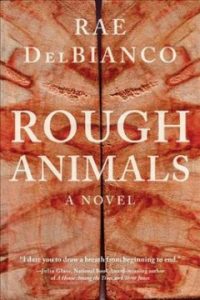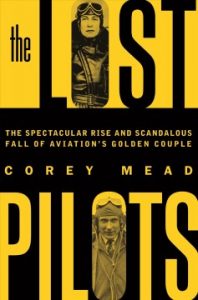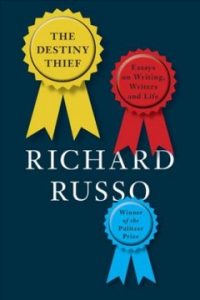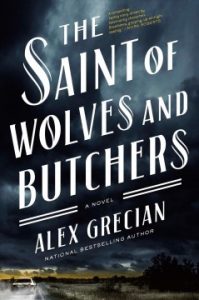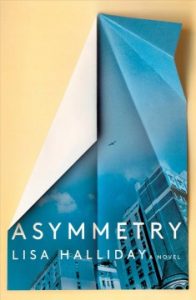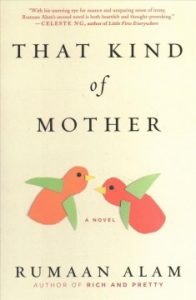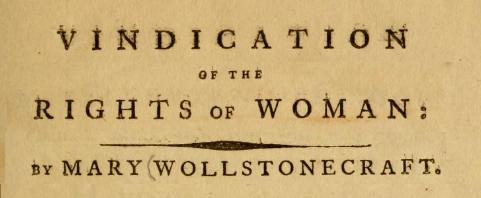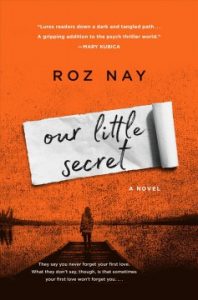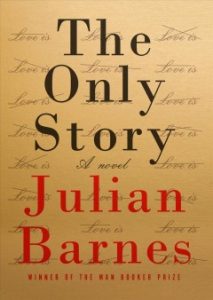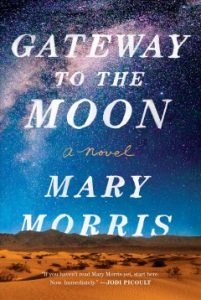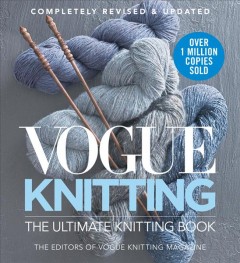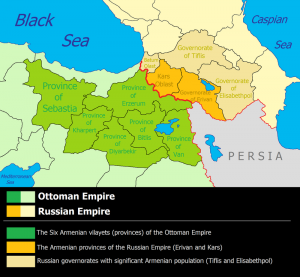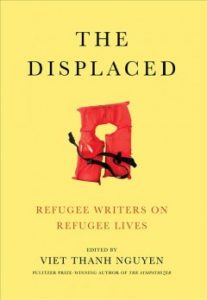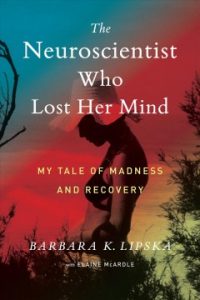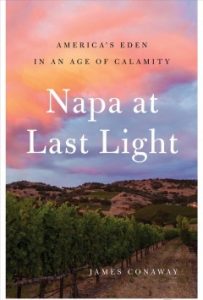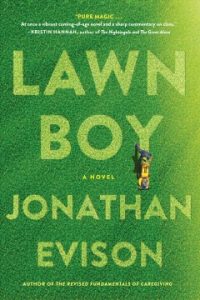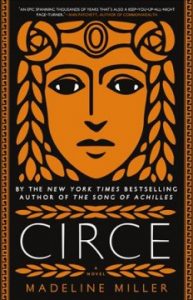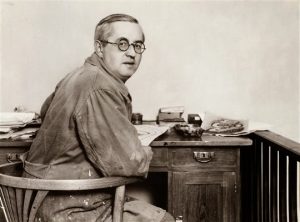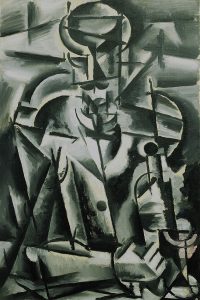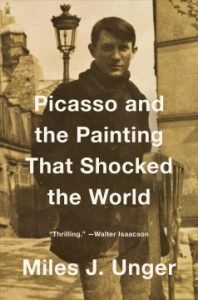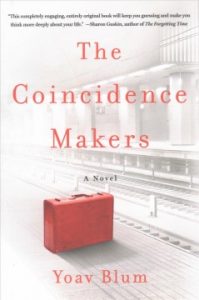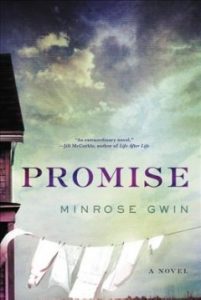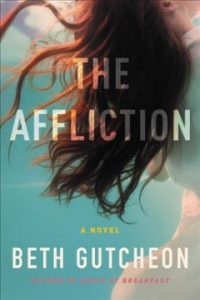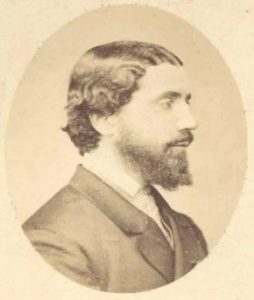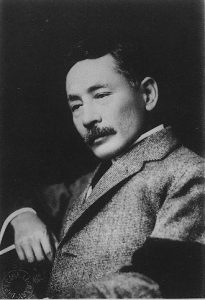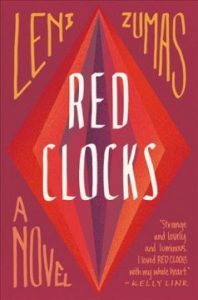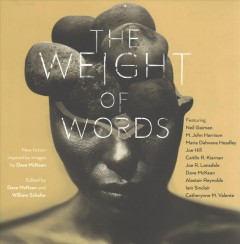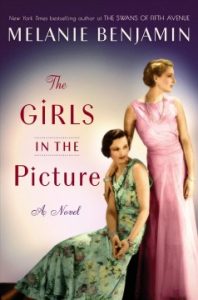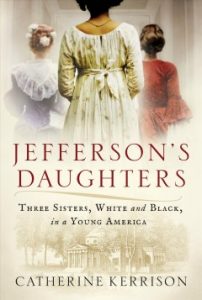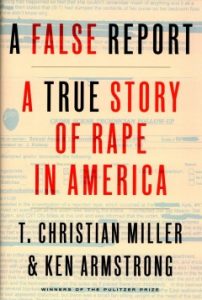The world of letters lost an icon this week when author Philip Roth passed away on Tuesday. Roth has been eulogized, remembered, and discussed this week by literary giants such as Zadie Smith, Elaine Showalter, and Louise Erdich, and while he remains a controversial figure in literature for his portrayal of women and the topics he chose to discuss, there is no doubt that he made his mark in American literature. A number of outlets have been offered guides for those who are looking to read more of Roth’s work, or to discover him–you can find some excellent ones at Vox, Slate, and The New York Times.

And so, in the spirit of great literature, let’s take a look at some of the sensational new books that have ambled onto our shelves this week and are eager to make your acquaintance!
Also, a note: the Library will be closed on Saturday May 26, Sunday May 27 and Monday May 28 in observance of the Memorial Day holiday. We will resume our regular hours on Tuesday, May 29. Have a lovely weekend, dear readers, wear sunscreen, and we’ll see you next week!

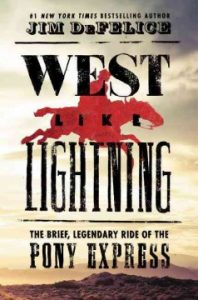 West Like Lightning: The Brief, Legendary Ride of the Pony Express: On the eve of the Civil War, three American businessmen launched an audacious plan to create a financial empire by transforming communications across the hostile territory between the nation’s two coasts. In the process, they created one of the most enduring icons of the American West: the Pony Express. Equally an improbable success and a business disaster, the Pony Express came and went in just eighteen months, but not before uniting and captivating a nation on the brink of being torn apart. Jim DeFelice’s book is the first comprehensive history of the Pony Express, the daring misfits who it employed, and the well-known historical figures who helped establish its legend in American history. This is a book that history enthusiasts, lovers of westerns, and anyone who likes getting mail will be able to savor. The Tombstone Epitaph, Arizona’s oldest continually published newspaper, loved this book, and since that august paper focuses on the legacy of the “Old West”, we can only bow to their authority when they call it “Fresh and engaging. … A wild ride. … West Like Lightning is sure to stand amongst the great popular histories of the west.”
West Like Lightning: The Brief, Legendary Ride of the Pony Express: On the eve of the Civil War, three American businessmen launched an audacious plan to create a financial empire by transforming communications across the hostile territory between the nation’s two coasts. In the process, they created one of the most enduring icons of the American West: the Pony Express. Equally an improbable success and a business disaster, the Pony Express came and went in just eighteen months, but not before uniting and captivating a nation on the brink of being torn apart. Jim DeFelice’s book is the first comprehensive history of the Pony Express, the daring misfits who it employed, and the well-known historical figures who helped establish its legend in American history. This is a book that history enthusiasts, lovers of westerns, and anyone who likes getting mail will be able to savor. The Tombstone Epitaph, Arizona’s oldest continually published newspaper, loved this book, and since that august paper focuses on the legacy of the “Old West”, we can only bow to their authority when they call it “Fresh and engaging. … A wild ride. … West Like Lightning is sure to stand amongst the great popular histories of the west.”
 The Elizas: Fans of Pretty Little Liars will be delighted to hear that Sara Shepard is making her adult fiction debut with this mutli-layered guessing-game of a thriller. When debut novelist Eliza Fontaine is found at the bottom of a hotel pool, her family at first assumes that it’s just another failed suicide attempt. But Eliza swears she was pushed, and her rescuer is the only witness. Desperate to find out who attacked her, Eliza takes it upon herself to investigate. But as the publication date for her novel draws closer, Eliza finds more questions than answers. Like why are her editor, agent, and family mixing up events from her novel with events from her life? Her novel is completely fictional, isn’t it? The deeper Eliza goes into her investigation while struggling with memory loss, the closer her life starts to resemble her novel, until the line between reality and fiction starts to blur and she can no longer tell where her protagonist’s life ends and hers begins. Here is a perfect summer time thriller for those of you looking for your newest twisty, turny adventure that blends layers of fiction with chilling effect. Kirkus Reviews loved how Shepard “pays close attention to cinematic details, practically projecting Eliza’s descent into personal nightmare, where she cannot be certain of her own memories, onto a silver screen: Scenes are carefully framed, and a soundtrack even bubbles along…A delicious Southern California noir riddled with muddled identities and family secrets.”
The Elizas: Fans of Pretty Little Liars will be delighted to hear that Sara Shepard is making her adult fiction debut with this mutli-layered guessing-game of a thriller. When debut novelist Eliza Fontaine is found at the bottom of a hotel pool, her family at first assumes that it’s just another failed suicide attempt. But Eliza swears she was pushed, and her rescuer is the only witness. Desperate to find out who attacked her, Eliza takes it upon herself to investigate. But as the publication date for her novel draws closer, Eliza finds more questions than answers. Like why are her editor, agent, and family mixing up events from her novel with events from her life? Her novel is completely fictional, isn’t it? The deeper Eliza goes into her investigation while struggling with memory loss, the closer her life starts to resemble her novel, until the line between reality and fiction starts to blur and she can no longer tell where her protagonist’s life ends and hers begins. Here is a perfect summer time thriller for those of you looking for your newest twisty, turny adventure that blends layers of fiction with chilling effect. Kirkus Reviews loved how Shepard “pays close attention to cinematic details, practically projecting Eliza’s descent into personal nightmare, where she cannot be certain of her own memories, onto a silver screen: Scenes are carefully framed, and a soundtrack even bubbles along…A delicious Southern California noir riddled with muddled identities and family secrets.”
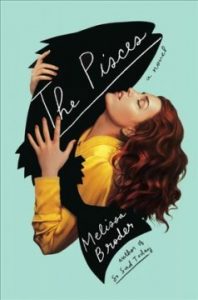
The Pisces: This is a summer for unique novels, dear readers, and Melissa Broder’s novel–part mythology, part romance, part flight-of-fancy, is a perfect example of this delightful, eccentric trend. Lucy has been writing her dissertation on Sappho for nine years when she and her boyfriend break up in a dramatic flameout. After she bottoms out in Phoenix, her sister in Los Angeles insists Lucy dog-sit for the summer. Annika’s home is a gorgeous glass cube on Venice Beach, but Lucy can find little relief from her anxiety – not in the Greek chorus of women in her love addiction therapy group, not in her frequent Tinder excursions, not even in Dominic the foxhound’s easy affection. Everything changes when Lucy becomes entranced by an eerily attractive swimmer while sitting alone on the beach rocks one night. But when Lucy learns the truth about his identity, their relationship, and Lucy’s understanding of what love should look like, take a very unexpected turn. Fans of The Shape of Water will gobble up this book, and anyone looking for a quirky, compelling love story should definitely check out this book. As The Washington Post noted in its review, “For an author who has primarily written poetry and nonfiction, and who is clearly comfortable with a confessional voice, Broder uses the fantastical elements to complicate and deepen her novel. The climactic conclusion works because of its strangeness, because of its imaginative reach and implications.”
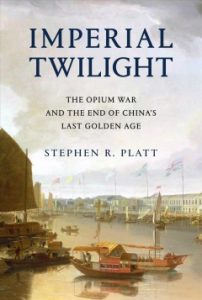 Imperial Twilight : The Opium War and the End of China’s Last Golden Age: When Britain launched its first war on China in 1839, pushed into hostilities by profiteering drug merchants and free-trade interests, it sealed the fate of what had long been seen as the most prosperous and powerful empire in Asia, if not the world. But internal problems of corruption, popular unrest, and dwindling finances had weakened China far more than was commonly understood, and the war would help set in motion the eventual fall of the Qing dynasty – which, in turn, would lead to the rise of nationalism and communism in the 20th century. Award-winning historian Stephen Platt sheds new light on the early attempts by Western traders and missionaries to “open” China – traveling mostly in secret beyond Canton, the single port where they were allowed – even as China’s imperial rulers were struggling to manage their country’s decline and Confucian scholars grappled with how to use foreign trade to China’s advantage. This is a book for anyone who wants to know more about the history of globalization, finances, the drug trade, or imperial history, and is told with such energy and well-researched insight that Booklist gave it a starred review, noting “Platt brings to life the people who drive the story, including the missionaries desperate to learn more about China and its language, the drug smugglers who made so much money they still have name recognition, the officials desperate to handle a growing crisis of widespread opium addiction, and even a pirate queen and Jane Austen’s older brother.”
Imperial Twilight : The Opium War and the End of China’s Last Golden Age: When Britain launched its first war on China in 1839, pushed into hostilities by profiteering drug merchants and free-trade interests, it sealed the fate of what had long been seen as the most prosperous and powerful empire in Asia, if not the world. But internal problems of corruption, popular unrest, and dwindling finances had weakened China far more than was commonly understood, and the war would help set in motion the eventual fall of the Qing dynasty – which, in turn, would lead to the rise of nationalism and communism in the 20th century. Award-winning historian Stephen Platt sheds new light on the early attempts by Western traders and missionaries to “open” China – traveling mostly in secret beyond Canton, the single port where they were allowed – even as China’s imperial rulers were struggling to manage their country’s decline and Confucian scholars grappled with how to use foreign trade to China’s advantage. This is a book for anyone who wants to know more about the history of globalization, finances, the drug trade, or imperial history, and is told with such energy and well-researched insight that Booklist gave it a starred review, noting “Platt brings to life the people who drive the story, including the missionaries desperate to learn more about China and its language, the drug smugglers who made so much money they still have name recognition, the officials desperate to handle a growing crisis of widespread opium addiction, and even a pirate queen and Jane Austen’s older brother.”
Until next week, beloved patrons–happy reading!

